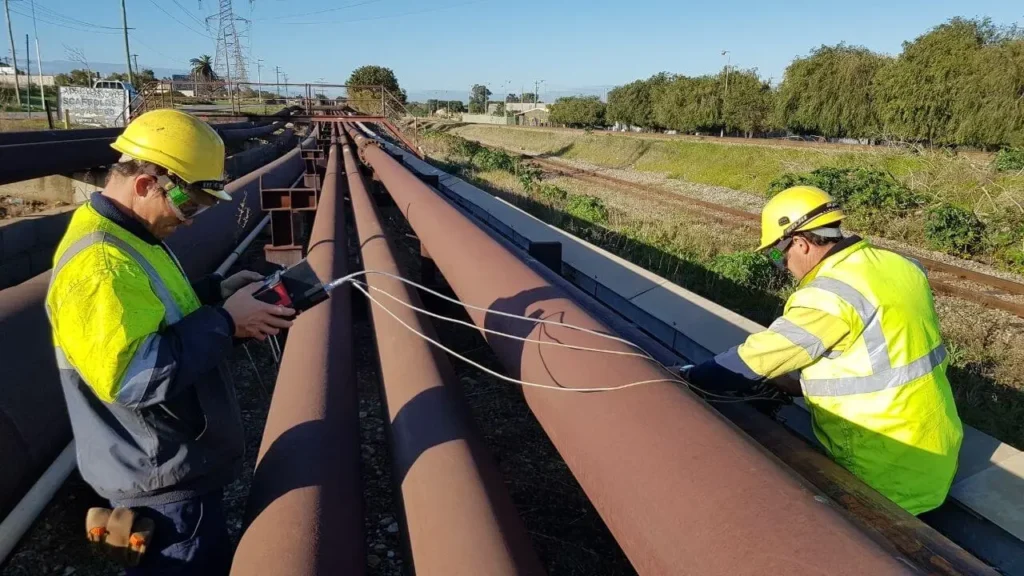Pipeline testing, specifically hydrostatic testing, is mandatory for several crucial reasons related to safety, regulatory compliance, and ensuring the integrity of the pipeline infrastructure:
Safety Assurance:
- Prevention of Leaks and Failures:
- Testing ensures that pipelines can safely contain and transport fluids or gases under pressure without leaks or failures. This is essential to prevent environmental damage, protect public health, and avoid potential hazards to nearby communities.
- Verification of Design and Construction:
- Testing verifies that the pipeline has been constructed according to design specifications and industry standards. It ensures that materials used are appropriate for the intended service conditions and that construction practices have met regulatory requirements.
Regulatory Compliance:
- Legal and Regulatory Requirements:
- Governments and regulatory agencies often mandate pipeline testing as part of permitting and licensing processes. These regulations aim to enforce safety standards, protect natural resources, and mitigate risks associated with pipeline operations.
- Industry Standards and Best Practices:
- Pipeline operators are required to adhere to industry standards (e.g., ASME B31.4, ASME B31.8 for oil and gas pipelines) that outline testing requirements to ensure safe operation and maintenance practices.
Operational Integrity:
- Assessment of Integrity Management Programs:
- Testing is a critical component of pipeline integrity management programs. It helps operators assess the condition of pipelines, identify potential vulnerabilities, and prioritize maintenance and repair activities to prevent incidents and ensure long-term reliability.
- Emergency Response Preparedness:
- By conducting regular testing and inspections, pipeline operators enhance their ability to respond effectively to emergencies such as leaks, ruptures, or other incidents that could impact public safety and the environment.
Public and Environmental Protection:
- Environmental Stewardship:
- Pipelines transport various substances, including hazardous materials. Testing ensures that these materials are transported safely, minimizing the risk of spills or leaks that could harm ecosystems and natural habitats.
- Public Confidence:
- Regular testing and adherence to safety standards contribute to maintaining public confidence in pipeline infrastructure. It demonstrates a commitment to responsible operations and proactive measures to protect communities and the environment.
Conclusion:
Pipeline testing, particularly hydrostatic testing, is mandatory to ensure the safety, reliability, and regulatory compliance of pipeline systems. By verifying the structural integrity and pressure-bearing capacity of pipelines, testing helps prevent leaks, assesses operational risks, and supports environmental protection efforts. It is an essential practice for maintaining the integrity and safe operation of critical infrastructure that plays a vital role in energy transportation and distribution worldwide.

